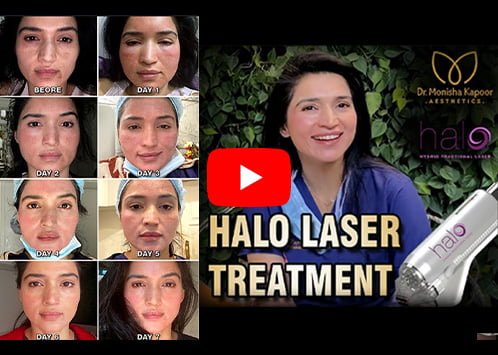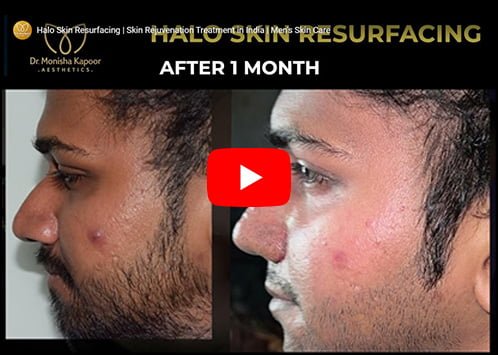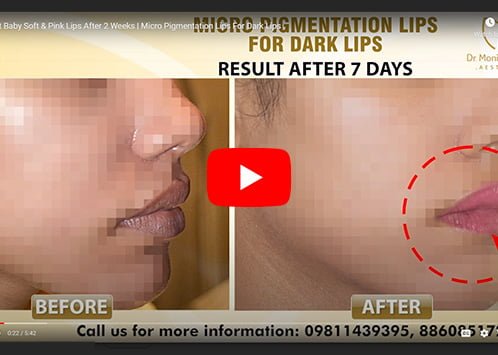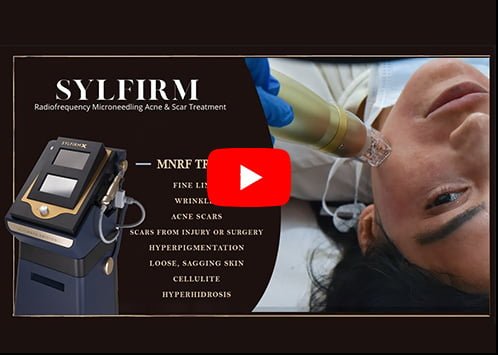Pigmentation or Hyperpigmentation, in other words, it means spots that appear because of many reasons and depending on the reasons they are classified on different types, so the causes decide what kind of pigmentation it is. When it happens due to pregnancy or hormonal changes that are called melasma and when it is because of the sun that is photodamage or photoaging because of sun exposure that pigmentation is also inflammatory.
Age Spots: Basically, what happened due to the ageing phenomena the pigment making cells that are called melanocytes in the skin they start to function abnormally leading to pigmentary spots on the skin and it happens due to ageing. It can be prevented by taking antioxidants like Vitamin E, C, and Glutathione. All these ingredients slow down the ageing phenomena and it can also be prevented by the topical DNA repair enzymes which are packaged by different formulation and companies, the only limiting factor is the costing of these products, it is super expensive but these are worthy because it delays the ageing phenomena.
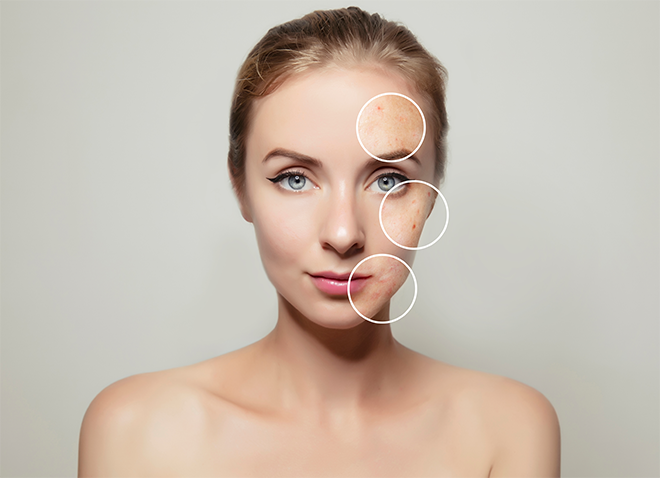
Melasma: It is the most common types of pigmentation found on women, classically on cheeks and nose during pregnancy and it happens because of hormonal changes that a women body undergoes during pregnancy. Because of these hormones, pigmentary cells in the skin starts to make more melanin than usual leading to mask phase of pregnancy and usually, it settles down once the hormonal milieu of the body changes and decrease it but sometimes it carries on if the person does not care of the skin and try to inhibit the pigmentary cells.
Post Inflammatory Hyperpigmentation: It is one of the most common types of pigmentation in our country because our ethnic has got skin tie between 4 to 6, it means that we have more pigment making cells in our skin and anything that causes inflammation of the skin that leads to the hyperexcitable state of pigmentary cells and during the inflammation process these pigmentary cells starts functioning at an abnormally high rate making more melanin than usually made in normal skin. This type of pigmentation is transient and lasts 3 to 6 months, usually, it settles it owns but if the inflammation is persistent and chronic and if no step is taken to decrease the high excitable pigmentary cells it may lead to permanent pigmentation.
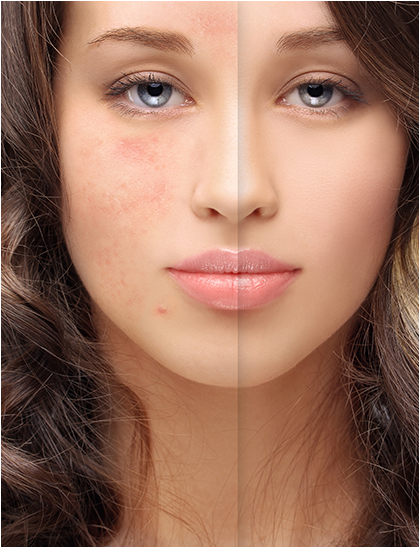
Cause
The most common cause of pigmentation in Indian skin is the application of chemical substances like hair dye, skin bleaching creams, products that are not to be used on the skin like steroid abuse and waxing, sometimes young teenagers use chemical creams and wax to remove their hairs which leads to pigmentation.
Sun Exposure: Because our country has a lot of sunlight, the UV damage to the skin. It is very important for Indians to apply the sunscreen so that they do not develop pigmentation in future. Sunscreen is not only the preventive for pigmentation but it’ll also delay the ageing phenomena.
Other reasons may include:
- Drug Reaction
- Medical Condition
- Hormonal Changes
Treatment available at
Dr. Monisha Kapoor Aesthetics
The first treatment for pigmentation that is given at Dr Monisha Kapoor Aesthetics is skincare products designed specifically for that skin type taking an elaborate history with doing a skin scan and giving products that are required for that disease or condition but not same protocol given for everyone.
These products include one of the highest quality products like Zein Obagi Skin Health, Seas derma by France, Bio derma again a French product and Cosmelan, it’s a Spanish treatment for hyperpigmentation.
We at Dr Monisha Kapoor Aesthetics we use only those products that have visibly shown results in our patients this is the 10 years research. We have omitted products that do not show result and we have only kept those have given visible results in Indian skin because there are a lot of ingredients that are only working on European white skin but they do not show any benefits on Indian skin.
These skin care protocols are expensive may be more expensive than the surgery or the lasers or any peeling treatment but they actually work. Peeling, lasers and other in house professional treatments may not be the only thing that can benefit pigmentation because once in a month in house treatment cannot help the client’s skin because if it’s being damaged by UV light or other things which cannot be controlled so it is important that you have to follow skin care protocol and in case the client who is not responding to these protocols then the professional treatment is taken but it is mandatory to everybody to take the skin care protocol even before going for the professional treatment and also after and it has to continue a lifetime because it is not only treating the pigmentation but preventing future spots which is the main goal of the doctor.
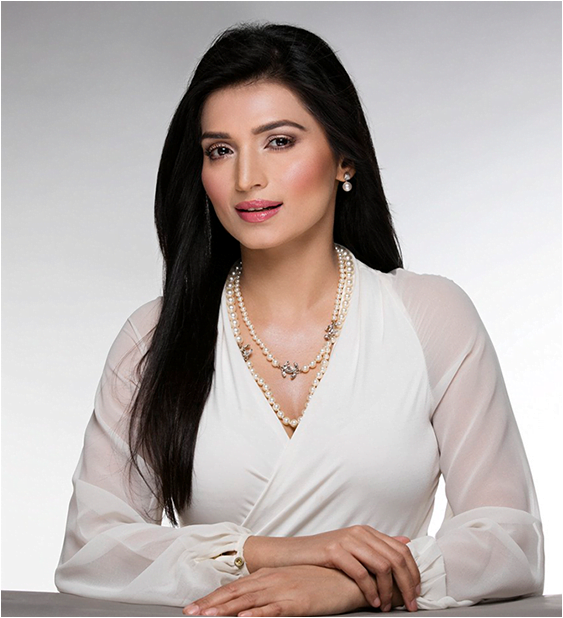
Lasers: Dr Monisha Kapoor treats 95% of pigmentation just by designing skincare protocols, only in 5% those do not respond to these cosmeceuticals or pharmaceuticals products she does professional treatments in the form of pigmentation lightening lasers and skin health-boosting HydraFacial.
Treatments offer for the pigmentation at Dr Monisha Kapoor Aesthetics are world-class lasers that target the melanocytes. it targets the pigment at each step right from the pigment that is made in the melanocytes, upper layer of the epidermis, each step has a different laser right from the Q Switch to carbon dioxide, fractional laser to Erbium Yag, peeling treatments like moderate to deep peel for the pigmentary problems.
Other treatments may include depending upon the designed protocol and skin conditions are:
- Sciton Laser
- Quanta Q-Switch
- Fractional CO2 Laser
- Microdermabrasion
- Surgical Dermabrasion
In cases, which resist to all laser and peeling treatment then we go to the most aggressive treatment that is surgical dermabrasion or phenol peel which are carried under General Anaesthesia.
In the beginning, we design a treatment protocol for our clients for 3 weeks which is called priming of the client then follow up at 3 weeks and see if there is a positive outcome of the skincare protocol with the products and pigmentation has decreased, we continue with that for 3 months and if we don’t see any improvement then we switch to lasers and other in-house professional treatments. We customized treatments depending on the budget of the client because each treatment comes at a cost.
After Care: Extreme care is required when you are getting a pigmentary treatment done. Here are some points which you should remember:
When you are undergoing the treatment for pigmentation your skin is highly sensitive to sunlight, you have to protect your skin from visible sunlight even if there is an open window there are chances that you can get the pigment back.
If you do not apply sunscreen and it has to be repeated in every 2 hours and it has to be very strikingly done.
If a person does not comply with these orders, the pigmentation can further worsen because of the post-inflammatory hyperpigmentation.
The patient should not be scrubbing or irritating their skin too much it can lead to post-inflammatory hyperpigmentation or scratch marks. When the patient is under treatment for the pigmentation there is a classical sign of itching, sensitivity and burning, one should avoid and resist the urge to itch the skin because it has been seen that patients usually scratch their faces leading to permanent scarring at those points.
It takes 3-4 months for a doctor to treat your scratch marks and abrasions.
When you are under the pigmentary treatment please make sure that you don’t apply any of the bleaching creams or get local facials done and apply any other ingredient without asking the doctor because the skin is highly inflamed and it may react to any small natural ingredient which you apply like Aloe Vera so please do not self-treat when you are undergoing treatment at a doctor’s place.


